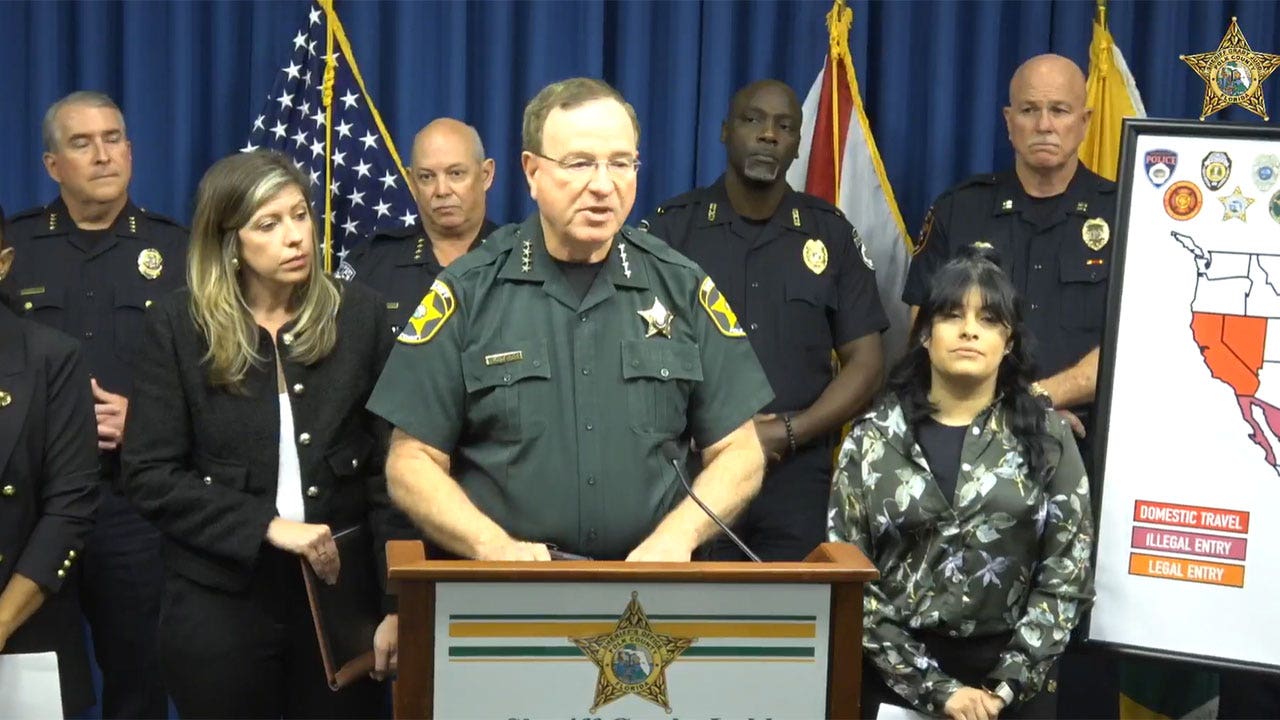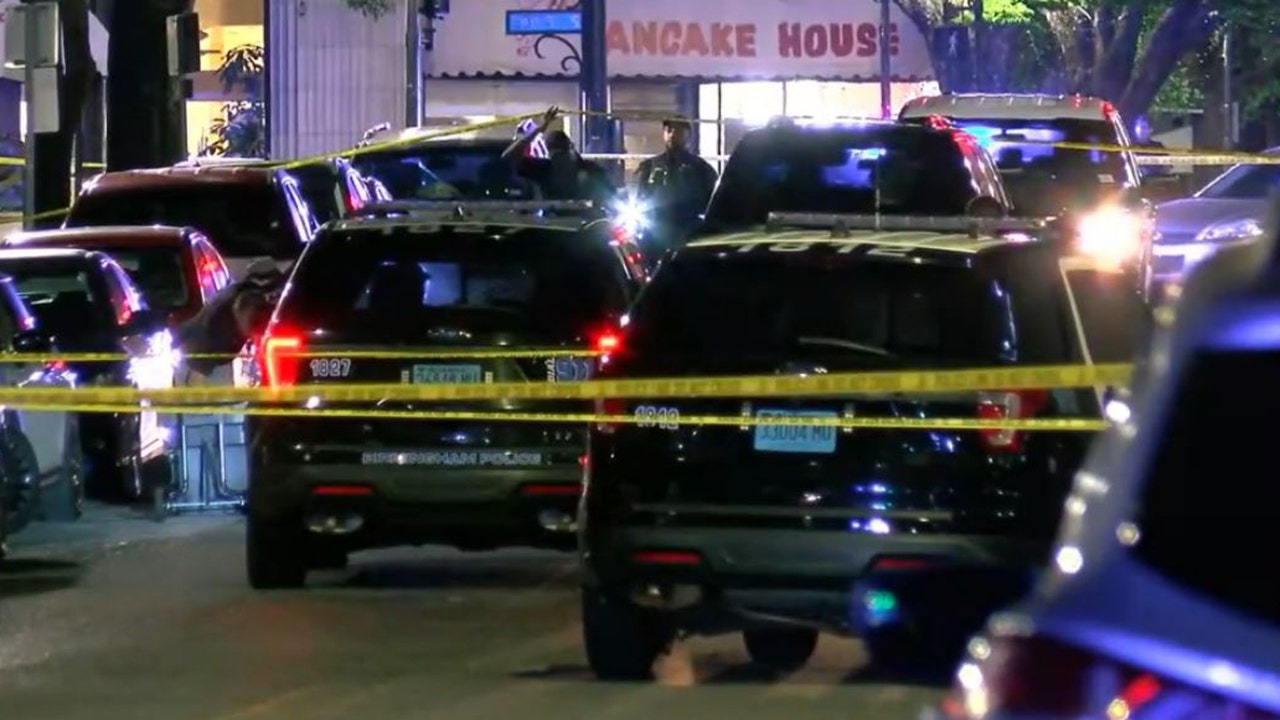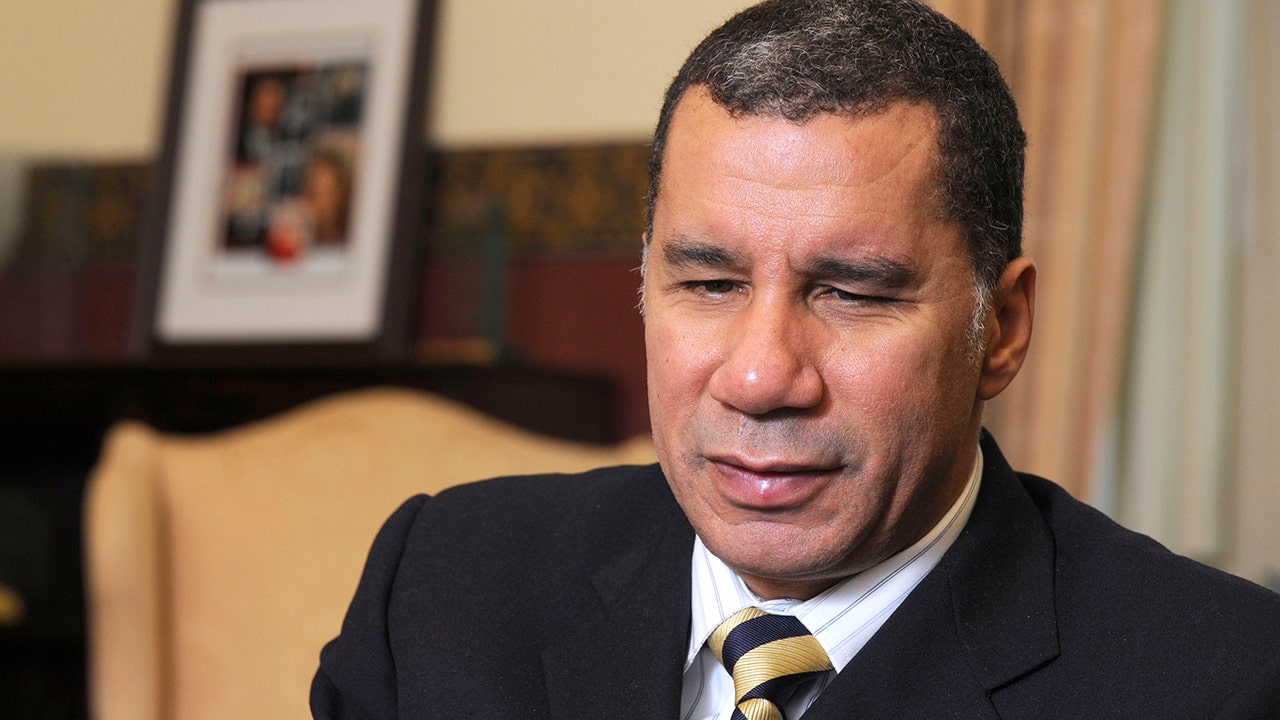Syd Ortiz thinks we’re heading toward another Great Depression.
Ortiz, 32, lives in Bethlehem, Pa., and has a job that she loves, analyzing claims of malpractice and other issues. She is saving up to buy a house. But with prices still feeling high and a recent round of layoffs at work, she feels like the economy has gotten worse.
Now, after sitting out the presidential elections in 2016 and 2020, Ortiz has been paying a lot of attention to politics. And right now, Ortiz, a onetime Obama voter, is leaning toward former President Donald Trump.
“When he was president, we got a raise in my job,” Ortiz said, as she loaded a couple of packages of energy drinks into the back of a big S.U.V. “I haven’t seen anything that Biden has impacted.”
The presidential election is five and a half months away, and a lot of campaign is yet to come: two conventions and at least two planned debates, not to mention a possible verdict in Trump’s criminal trial in New York.
But some pollsters and economists say the impression that voters like Ortiz have of the economy right now could be key to shaping their decisions in November. That’s because, they say, voters think about the trajectory of the economy they perceive over time, not just the way it feels on Election Day.
“The attitudes that really influence the vote are late May and June,” said Celinda Lake, a Democratic pollster for the Biden campaign in 2020, who said the strange mixture of good economic news (employers are still adding jobs!) and frustrating economic news (prices, though climbing more slowly, are still high!) had made it harder than usual to suss out where the economy was headed. “We haven’t had a situation where perceptions of the economy have been so volatile,” she said.
I wanted to learn more. After I left Trump’s trial in New York on Monday, I rented a car and drove to Pennsylvania’s Northampton County, a swath of the Lehigh Valley that President Biden won by less than 1 percent in 2020 — a place Lake described as an “economic battleground.”
And there, I found a combination of frustration and ambivalence that helps explain why voters are meh on an economy that, in many ways, is in good shape. In conversations with eight voters across Bethlehem and Easton, Pa., Republicans and Democrats alike told me that the economy just did not feel great. Many yearned for the economic conditions they remembered from the Trump years, even though inflation has already fallen considerably from its peak.
Ortiz’s job market experience does not reflect the national norm. Wage growth has been strong in recent years, and faster than when Trump was in office. But she, like many voters, feels glum about the economy in spite of the solid labor backdrop.
“I don’t see anything changing,” Ortiz said.
Why today’s economy will matter in the fall
Voters’ decision-making is deeply complex, often shaped by partisanship as well as by their feelings on noneconomic issues like abortion rights and immigration.
But in our most recent polls of six battleground states, nearly 30 percent of voters told us that the economy, inflation or the cost of living was the issue most important to their vote.
And Lake says voters’ impressions of the economy are not formed overnight, in the fall, but over months.
“It takes six months of repeated news to really establish the sense of direction,” Lake said, explaining that voters consider a “long enough period that it really creates a trend in people’s minds.”
Michael Traugott, a research professor emeritus at the Center for Political Studies at the University of Michigan, said voters “settle in” on their perceptions of the economy over time — and are not driven only by their own lives.
“People are not making judgments so much on their personal circumstances as they are on how well people around them are doing,” Traugott said. “They’re sorting out information, even if it’s implicit.”
It’s an unusual election year in many ways, and the conventional wisdom about voters’ decision-making just may not apply. In 2022, for example, inflation peaked, which left voters deeply frustrated, but that didn’t result in the huge red wave at the midterm ballot box that political analysts — and many politicians themselves — expected.
Still, that consumer sentiment has dropped to a six-month low could be bad news for Biden if ebbing confidence in the economy persists through the election.
A postcard from Pennsylvania
Northampton County, in eastern Pennsylvania, borders New Jersey and includes cities that once formed a hub of U.S. steel production. It is exactly the kind of place Biden has promised to revive — and it has drawn considerable economic development.
On Tuesday, the city of Easton was indeed bustling. Late in the lunch hour, sidewalk cafes were bursting with patrons. But in interviews, residents were full of economic complaints.
Take Rhonda Albus, a registered Republican who works in a downtown courthouse. She said her income had held steady in recent years as prices rose. The creamed chipped beef she buys for her father — “It’s kind of Pennsylvania Dutch-ish,” she explained — keeps getting more expensive. And while her home’s value has nearly quadrupled, she estimates, that doesn’t do her much good in a market that feels frozen by high interest rates.
And there was Anthony Thomas, 35, a Democrat who lives in Easton and works there as a chef. He has felt the pinch of the rising price of gas, food and electronics. A Democrat, he sat out the presidential election in 2020, and hasn’t seen the kind of big economic changes from Biden that he said would definitely motivate him to vote for him this fall.
“If he’s the one willing to make those changes, he’s got to put that foot forward,” Thomas said.
Inside Singer-White Sewing Machines, a shop where gleaming sewing machines line wood-paneled walls, Bob Brindisi, 64, said the economy wasn’t as bad as people thought. The business, which is owned by his 89-year-old father, sells and repairs sewing machines.
“I think if the interest rates go down, people will loosen up,” he said, as his friend Paul Lucykanish entered the store wearing a Trump 2024 hat and complaining about the high rents in town. (The Federal Reserve, for what it’s worth, sets interest rates independently of the White House and with an eye on lowering inflation.)
“Seventeen hundred dollars for a one-bedroom — it’s horrible,” Lucykanish said. “Ever since the pandemic, it went up.”
Brindisi, who voted for Biden in 2020, doesn’t blame the president for the economic wobbles. But he is also not sure that he’ll vote at all this fall.
“Usually, when the economy gets bad, we do good,” Brindisi said. “People start to fix stuff.”
His own sales have been slow. That is not good for him. But it might be a good sign for the economy overall.
So, how is the economy really doing?
When it comes to the economy, voters are sending mixed messages. Consumer spending, which is usually a sign of confidence, is high. But consumer sentiment has dipped. I decided to ask an in-house expert — namely, Jeanna Smialek, a Times reporter who covers the Federal Reserve and the U.S. economy — about what we know of the nation’s economic health.
What are the indicators we traditionally use to measure whether the economy is good or bad? And what are they telling us now?
After the 2008 financial crisis, we’ve relied heavily on job market data to assess the economy — and right now, those indicators are very, very positive. Unemployment is low, and job growth has remained very strong.
But there is a whole other set of economic indicators bedeviling voters now, and those are really tied to inflation. Prices increased quickly in 2021 and 2022, and they are still higher than they were before the pandemic. Wages are still catching up, and that’s left people to feel a little bit like they’re running in place.
There’s a good economy. There’s a bad economy. And there’s a weird economy. And maybe that’s what we have?
That’s probably a fair assessment. I think it is also the case that people are comparing a lot of today’s economic indicators to the recent past, whether that was before or during the pandemic. We think about the last time we felt good, and how this compares to it. And I think that’s why we see people feeling glum about today’s economy.
That helps explain why, even as inflation falls, people aren’t exactly celebrating. They’re still experiencing prices higher than the ones they remember in the recent past.
Yes. And prices are still increasing, although it’s happening at a slower pace than it was a couple of years ago.
The reason that we could eventually see the consumer confidence data turn a corner, as we saw it start to last year, is that wages have been going up, too. What that means is a lot of people are getting closer to breaking even with inflation — and some are even better off financially now. And I think the hope is that the economy will kind of grow into the inflation as wages rise.






